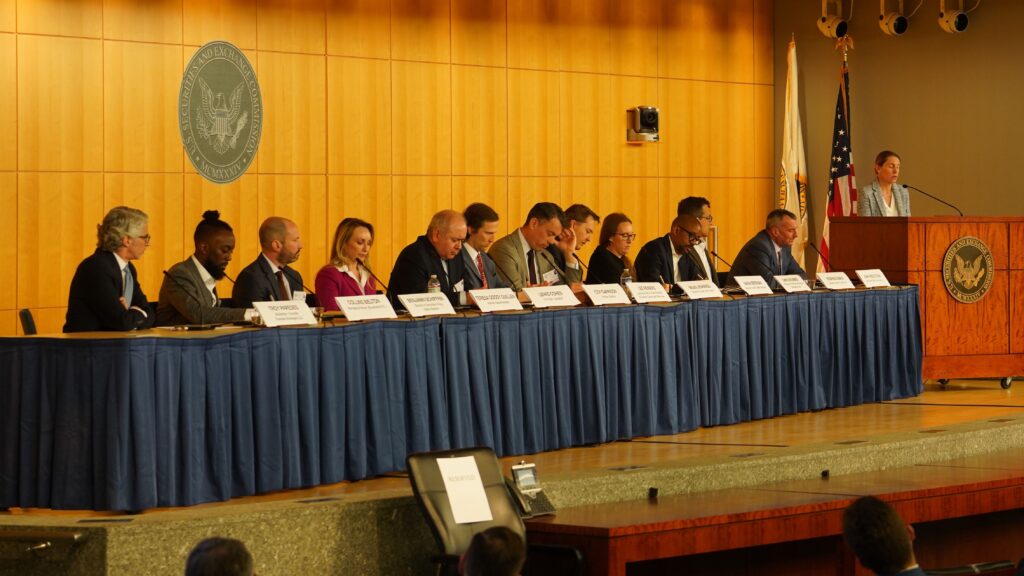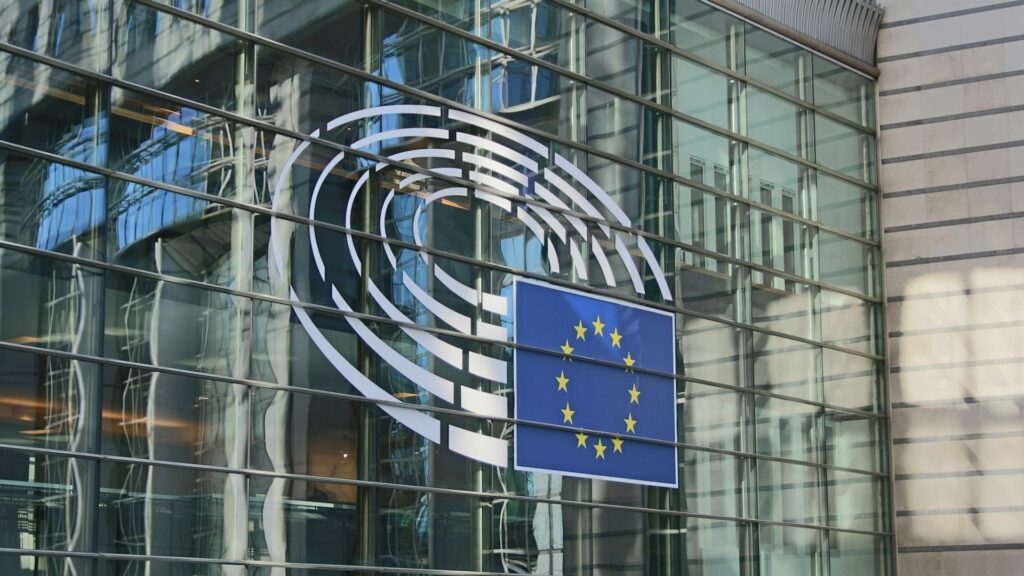The SEC Crypto Task Force Roundtable held last Friday marked a notable departure from the previous administration’s tendency toward “regulation by enforcement.” However, it ultimately fell short by concentrating on outdated issues rather than proposing innovative solutions for the evolving regulatory landscape of cryptocurrency.
Understanding the Legal Landscape of Digital Assets
Since 1946, the classification of products as either “securities” or “commodities” has been largely dictated by the Supreme Court’s ruling in SEC v. W.J. Howey Co. This legal precedent has proven challenging to apply uniformly to digital assets, which is not unexpected given that it arose from a case concerning citrus groves.
Digital assets, by their nature, do not fit neatly into either the “security” or “commodity” categories. This distinction is crucial because, under current laws, the SEC oversees securities while the Commodity Futures Trading Commission (CFTC) regulates commodities.
The Need for Legislative Clarity
Congress is currently examining new legislation that seeks to replace the antiquated Howey test with clearer guidelines for classifying digital assets. The proposed legislation, reminiscent of last year’s FIT21 bill, aims to provide a more precise framework that reflects the unique characteristics of digital currencies.
A Missed Chance for Forward-Thinking Discussions
The roundtable featured a dozen influential crypto attorneys and members of the SEC’s crypto task force. It should have been an excellent opportunity to brainstorm innovative ideas that the SEC could present to Congress for shaping a new regulatory framework for the crypto sector. Instead, the discussions largely revolved around longstanding debates concerning the four-part Howey Test and theoretical discussions about the essence of securities.
Noteworthy Contributions Amidst the Debate
Despite the lack of forward-thinking dialogue, some participants, like a16z General Counsel Miles Jennings, proposed essential ideas. Jennings emphasized the importance of focusing on the economic realities of digital assets rather than merely the legal relationship between issuers and investors. However, much of the panel’s time was consumed by discussions on Bitcoin’s use in ransomware and the SEC’s recent guidance on meme coins.
Given that the SEC and CFTC are likely to share regulatory oversight of digital assets in any forthcoming legislation, defining the boundaries between the two agencies is critical for the crypto industry. The objective should be to establish clear regulations that issuers can follow, irrespective of whether their tokens are classified as securities or commodities.
A Call for Collaboration
While I commend Commissioner Hester Peirce for organizing the roundtable and her commitment to transparency, it was ultimately a lost opportunity. It would have been beneficial to invite CFTC Acting Chairman Caroline Pham and her team to participate or at least observe. The absence of the CFTC from the discussions underscores the need for coordinated efforts between the SEC and CFTC as the crypto industry continues to mature.
Looking Ahead: Hope for Future Discussions
Congress is progressing with its own approach to determining when digital assets should be classified as securities, irrespective of the SEC’s involvement. For the sake of the crypto industry’s future, I hope that Commissioner Peirce’s next roundtable will focus on generating actionable ideas that can inform legislation aimed at shaping the sector for years to come.



